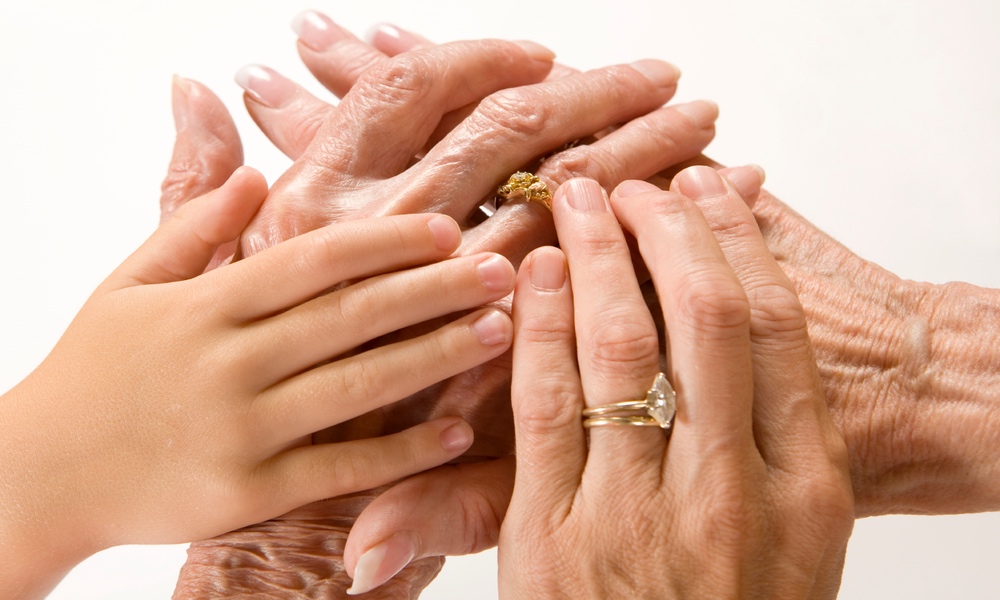People age at different rates. You can see it at a school reunion, where everyone is about the same age, but you'd never know it by looking at them. Bad diets, bad jobs, bad marriages and genetics are just a few of the factors that can make people age faster.
But what about aging slower? How can people help themselves to slow down the aging process?
A good place to start is by finding better ways to measure aging earlier in life. People usually look at skin and hair for signs of aging, but the internal organs of the body tend to show aging well before obvious signs of disease show up.
Now a multi-national team of researchers has come up with 18 biological factors, the measurement of which can reveal whether someone is aging faster or slower than normal.Individual biological ages of the 38-year-olds in the study ranged from under 30 to nearly 60.
The idea is to use this as the first step in helping to slow down the aging process.
“As we get older, our risk grows for all kinds of different diseases. To prevent multiple diseases simultaneously, aging itself has to be the target. Otherwise, it's a game of whack-a-mole,” first author Dan Belsky, of Duke University's Center for Aging, explained in a statement.
Most studies of aging have been done on the elderly. Here, the researchers needed information on a younger group of people. They chose participants from the Dunedin study, more than 1000 New Zealanders born in the same town in 1972 and 1973, who have been tracked every few years up to the present day.
A previous study had shown that 10 commonly measured factors, including total cholesterol, systolic blood pressure and glycated hemoglobin, were a better predictor of people's mortality over two decades than chronological (calendar) ages were, providing scientists a more predictive biological age than calendar age.
So when 954 of the Dunedin study members underwent their six-year follow-up at the calendar age of 38, these 10 factors (as well as many others) were measured and the researchers used them to calculate each person's biological age.
Just as with visual estimates of age at a high school reunion, some appeared to be older than others. Individual biological ages of the 38-year-olds in the study ranged from under 30 to nearly 60.
While this result was for a single point in time (calendar age 38), to see how fast someone is aging requires measurements at multiple time points. To do this, the researchers switched from the 10 factors they had been looking at to an 18-factor system that added more recent measures of aging such as telomere length in white blood cells.The pace of biological aging ranged from practically zero for some people to up to three years per calendar year for others.
Using past measurements from the whole Dunedin study group, as well as present ones, the researchers compared these 18 factors at three different points in time — ages 26, 32 and 38 — to measure how fast individuals were aging.
The results agreed with the earlier study's findings. Those who appeared to be oldest at calendar age 38 were aging the fastest. In chronological time, people age one year per calendar year. Here, the pace of biological aging ranged from practically zero for some people to up to three years per calendar year for others.
Those who had tested as oldest/aging fastest also tested worse in balance, coordination and grip strength, as well as self-reporting poorer health. And they scored worse on IQ tests and were judged as older when photographs of their faces were shown to independent observers.
The 18 biomarkers used by the researchers are: hbA1c, cardiorespiratory fitness, waist-hip ratio, FEV1/FEVC, FEV1, mean arterial pressure, BMI, leukocyte telomere length, creatinine clearance, urea nitrogen, lipoprotein A, triglycerides, gum health, total cholesterol, white blood cell count, hsCRP, HDL-cholesterol and APOB100/APOA1.
The researchers see this as a proof of concept study, a demonstration that aging can be shown and measured in people who are still young enough to do something to prevent age-related disease.





